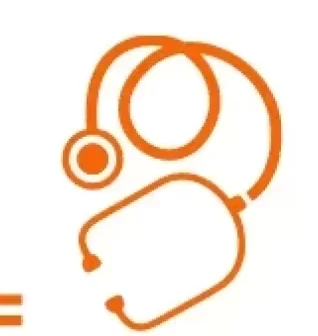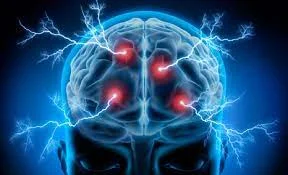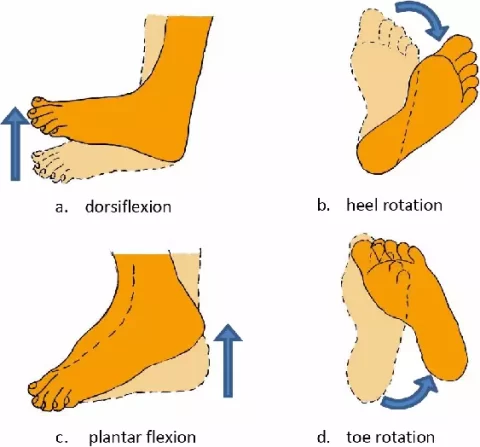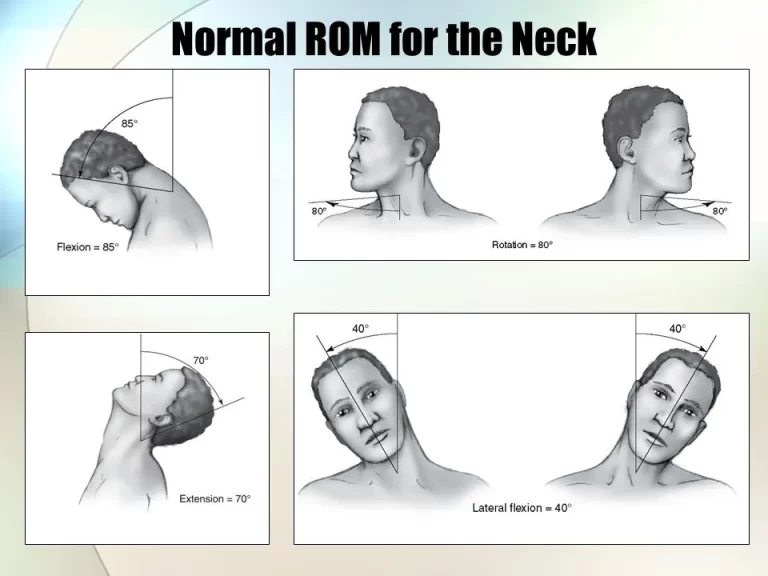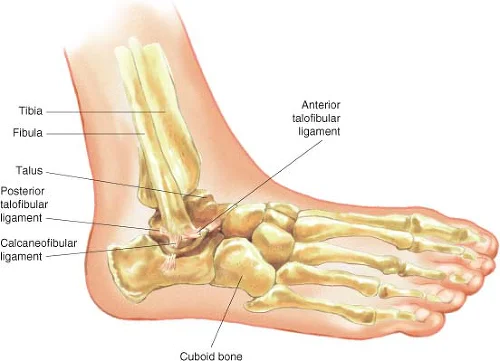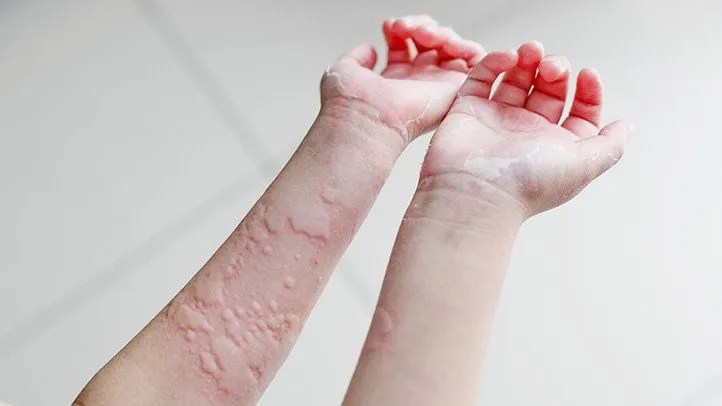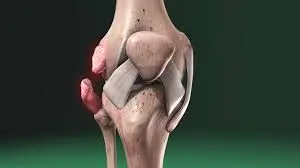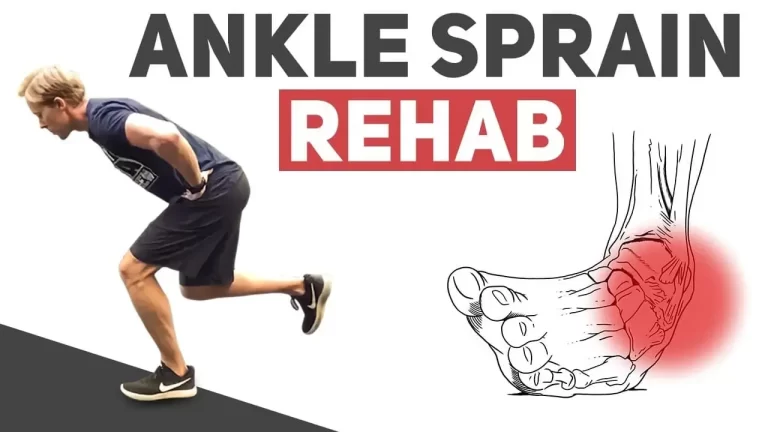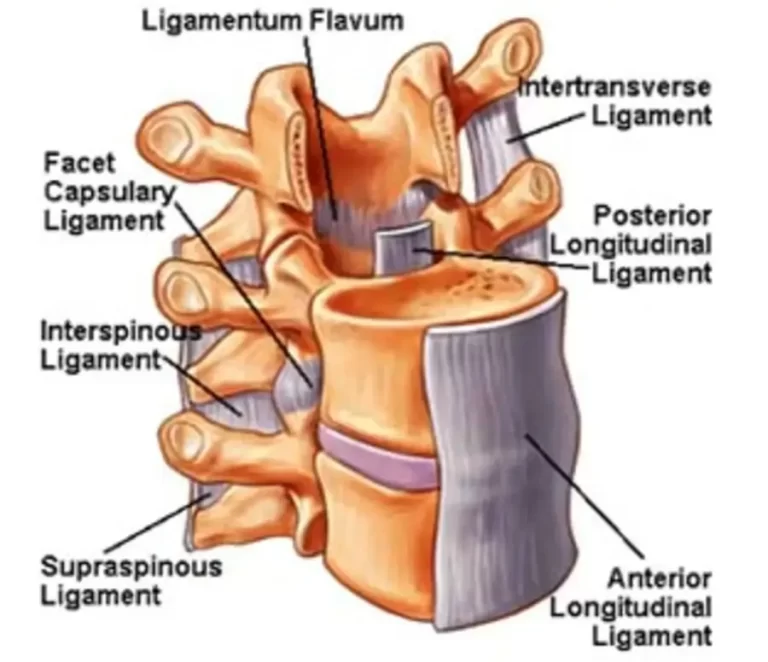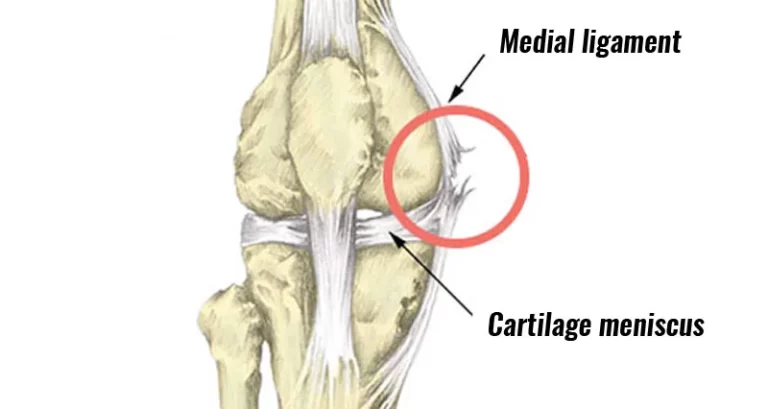Multiple System Atrophy
Multiple System Atrophy: What is it? Multiple system atrophy (MSA) is a rare neurological illness that causes some brain regions to degenerate. Over time, this impairs the capacities and functioning of specific brain regions. This sickness is eventually dangerous. MSA is a unique word that combines the characteristics of three previous disorder designations. The conditions…
